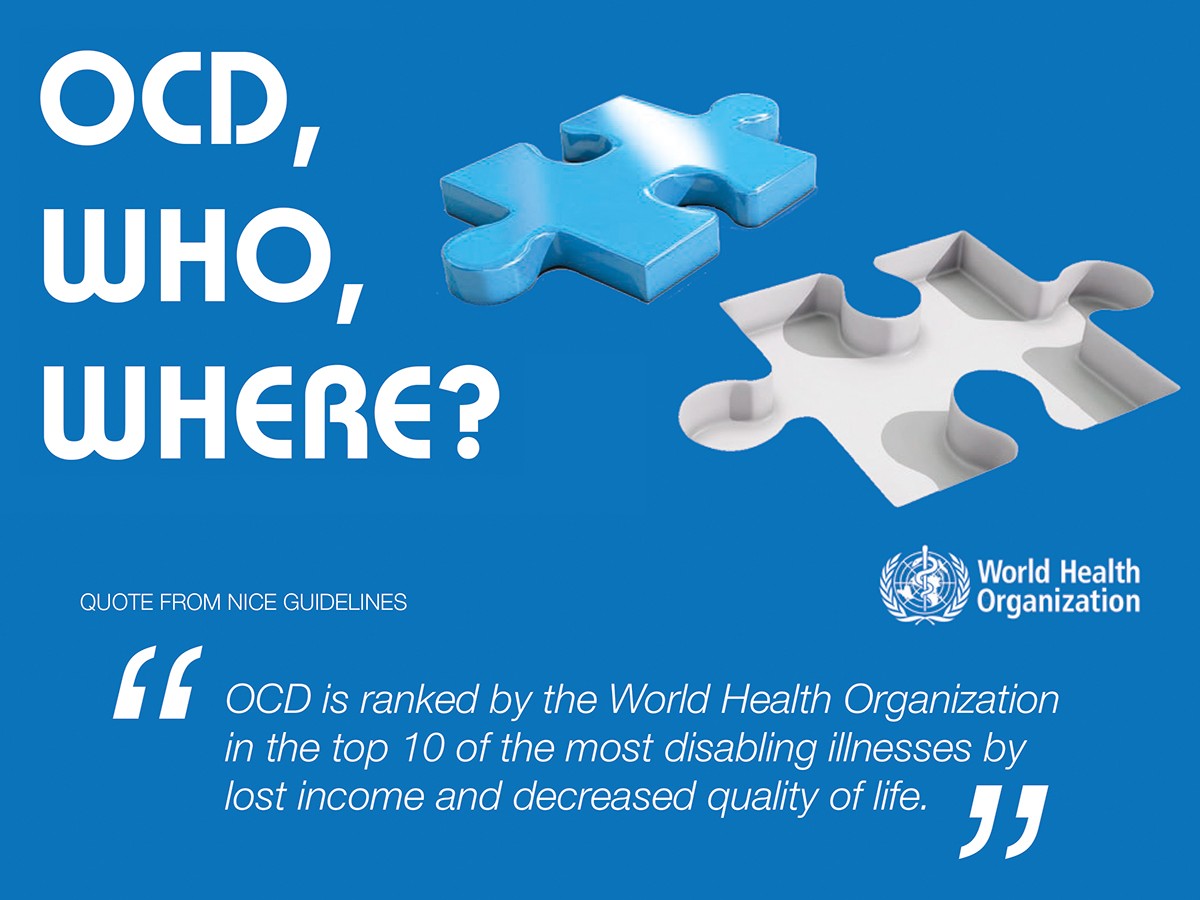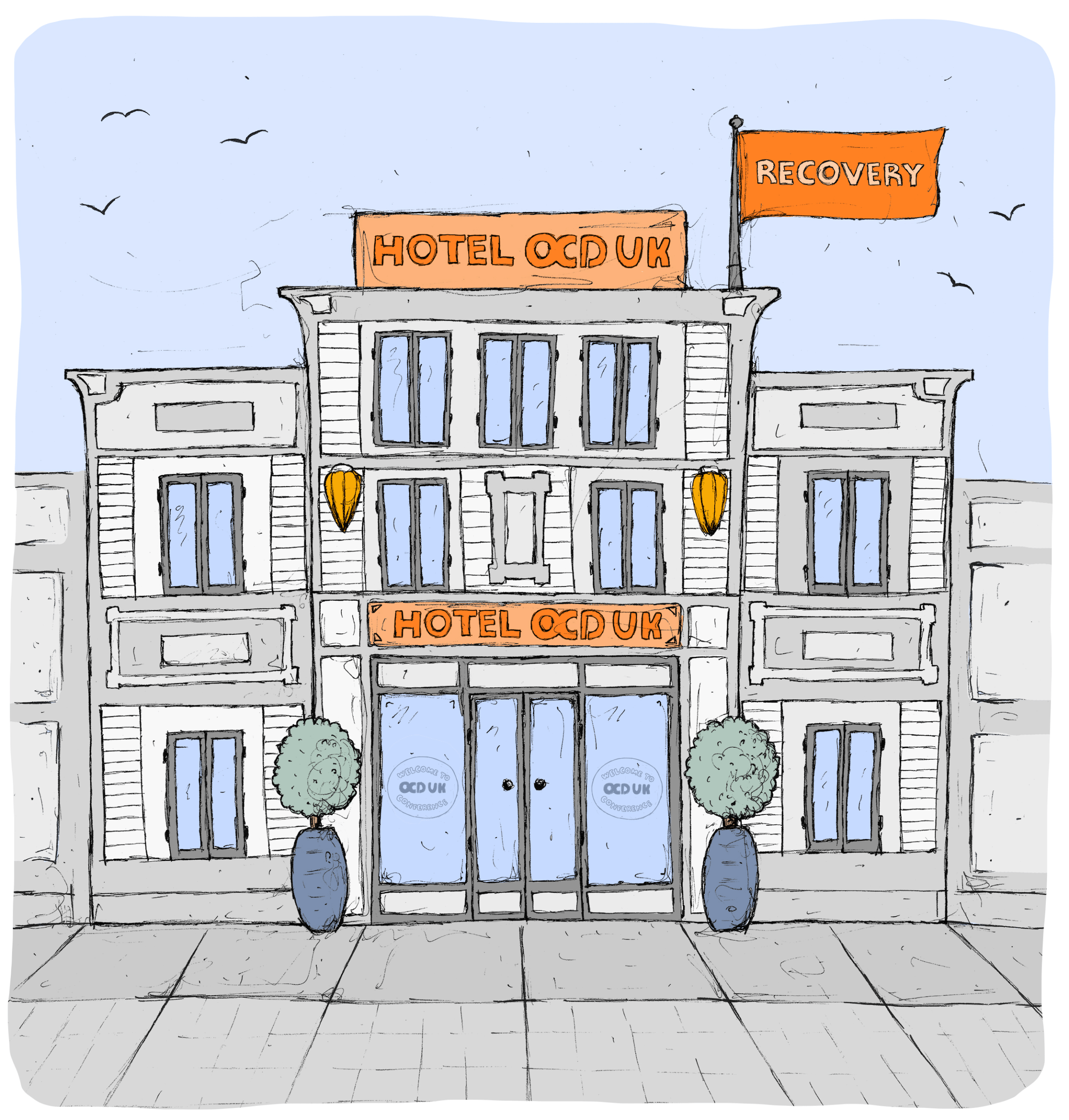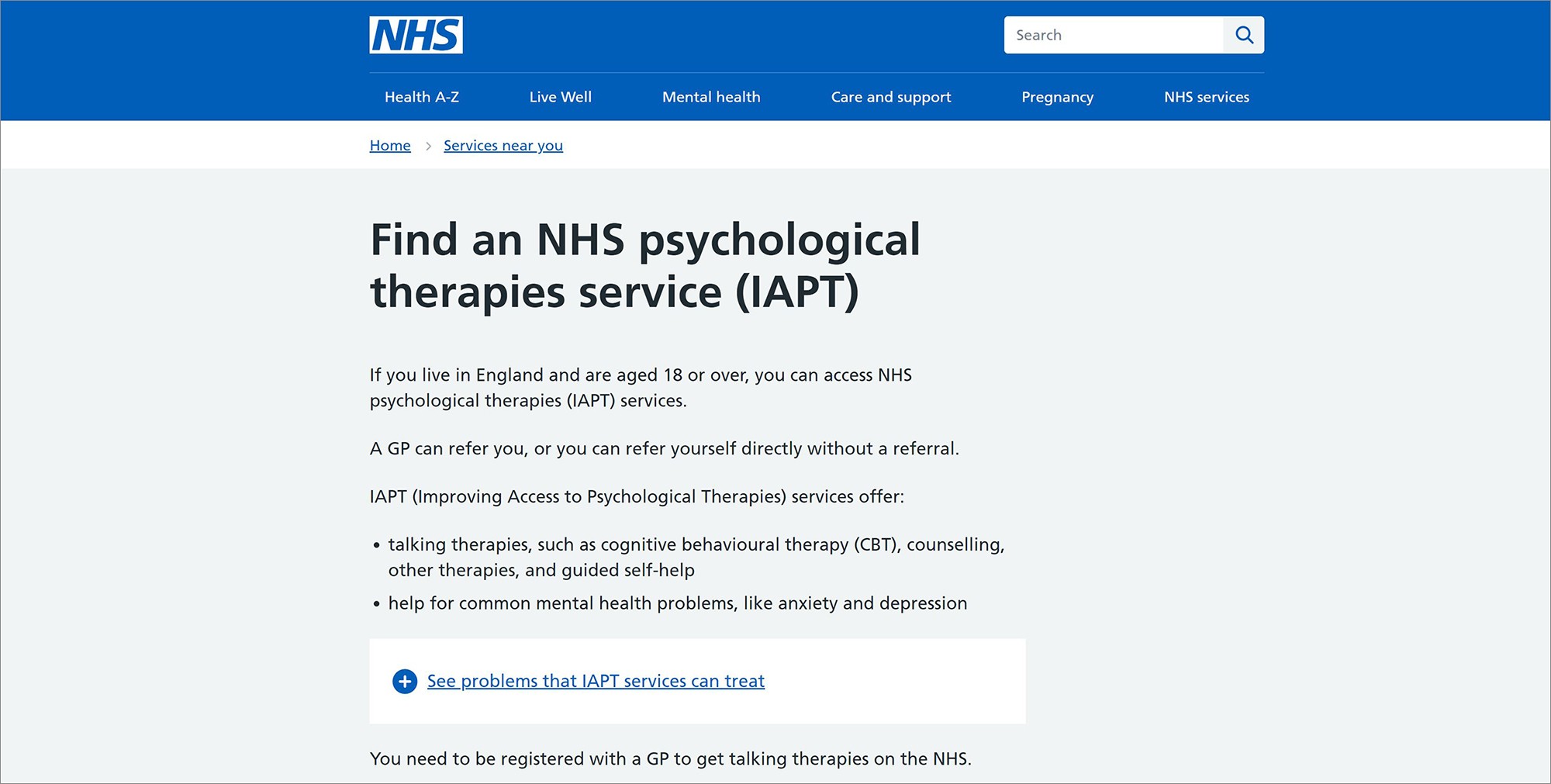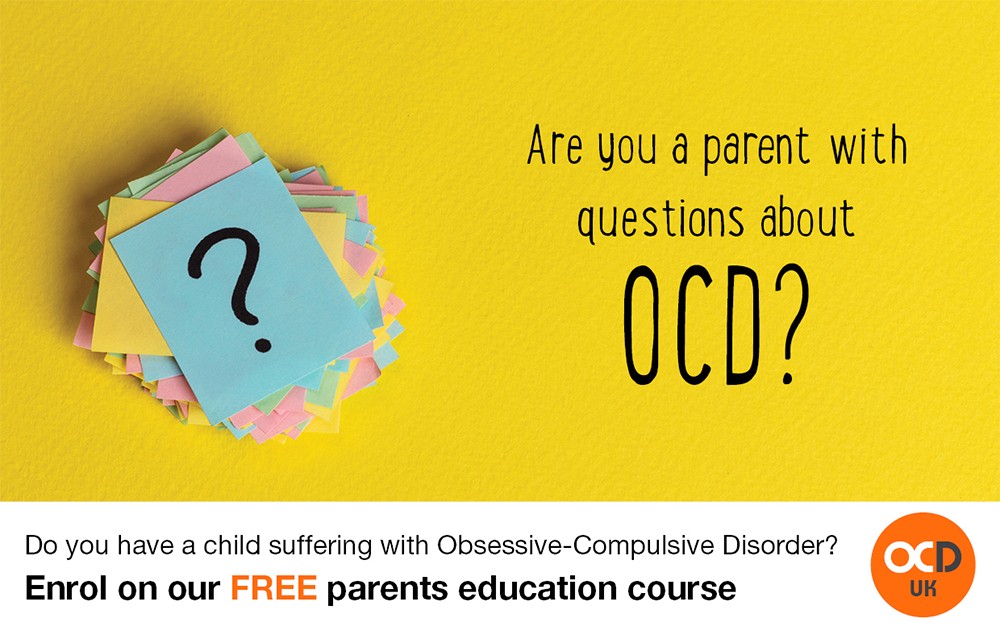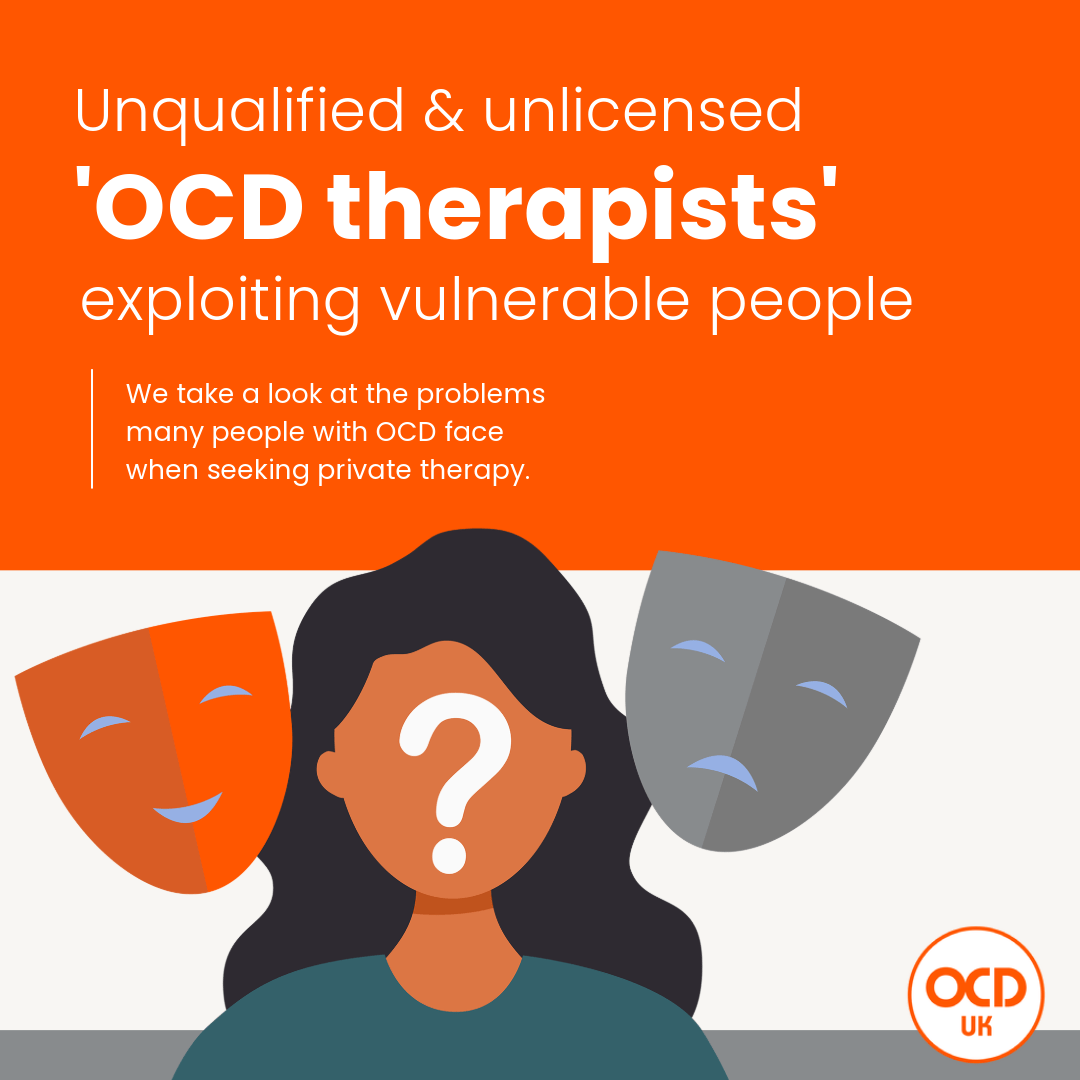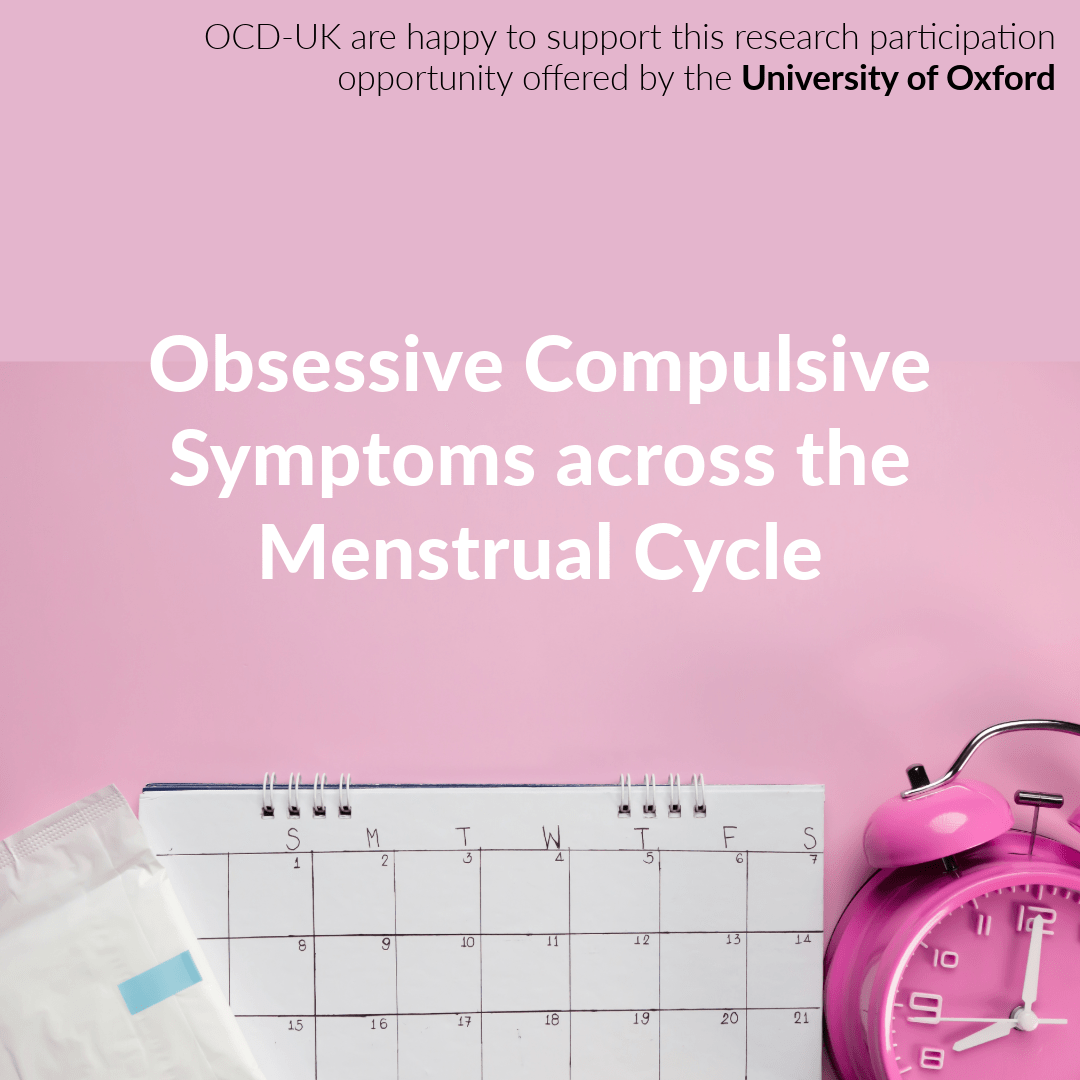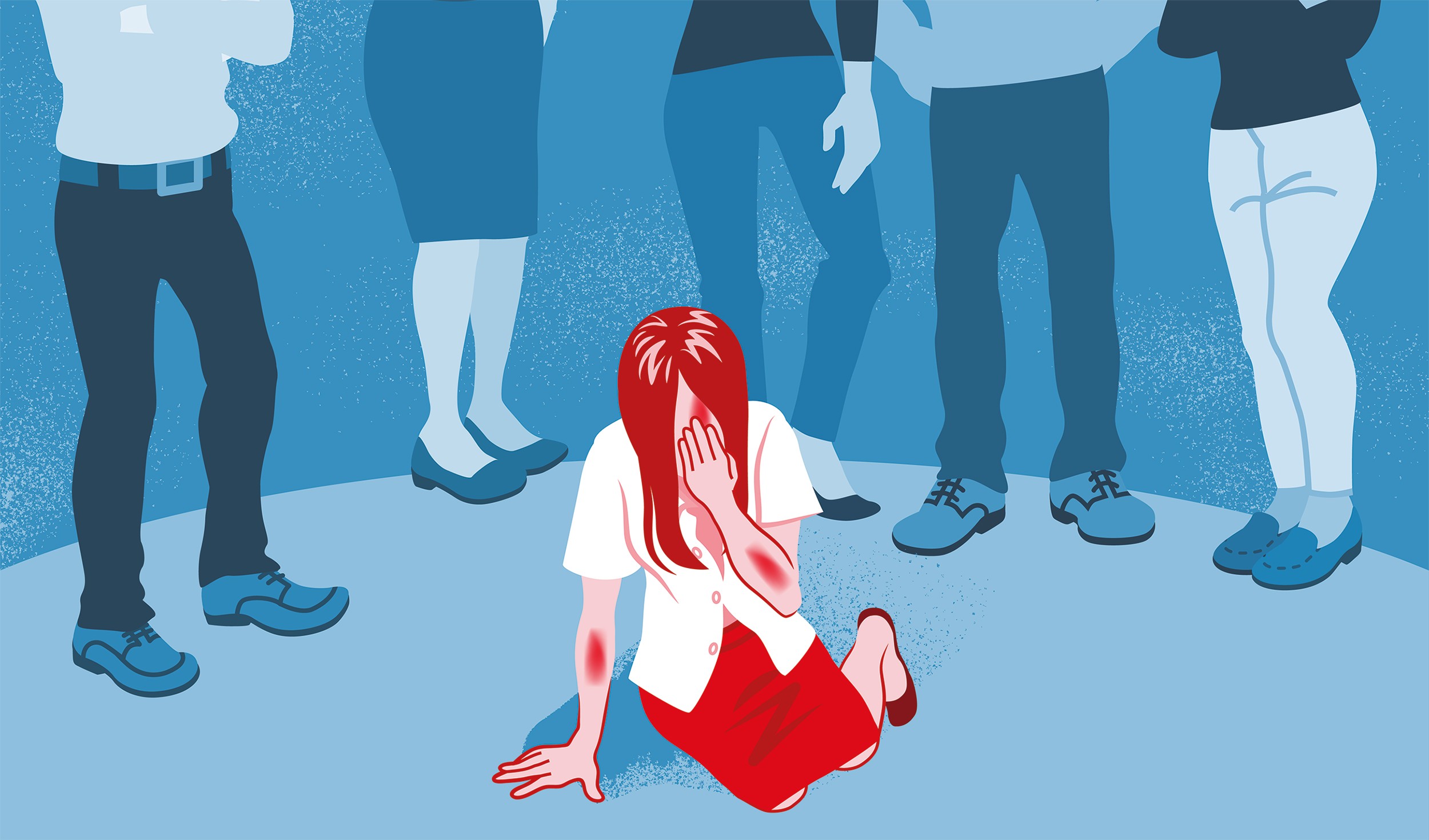Understanding what drives a person to continue performing the seemingly nonsensical and repetitive behaviours that are involved in Obsessive-Compulsive Disorder (OCD) is difficult, especially for loved ones. But in order to help us overcome, or at least make some sense of the problem, it can be helpful to try and understand how the problem is maintained, primarily it’s important to understand:
- How it causes such distress
- What particular things keep the problem going
Firstly, let’s make it clear that each individual’s experience of Obsessive-Compulsive Disorder is diverse and complex and it’s not the purpose of this page to provide any answers for any individual, we have to leave that to the trained health professionals. Instead, we simply want to offer a brief overview of the general components that help keep OCD going.
A good place to start is by learning about two beliefs that are common in many people with OCD:
- Inflated responsibility – belief that they are responsible for preventing harm coming to themselves, a loved one or others
- Overestimation of threat – belief that things are riskier than they are
For someone with OCD, what they worry about (whatever intrusive thoughts they have) seems very likely to happen and their sense of responsibility means that they feel they must act in order to prevent it. In other words, the two beliefs create an ever increasing cycle of obsessions and compulsions. Even if the level of danger is assessed to be relatively low by the person with OCD (i.e. it’s a low risk someone will break into my place of work), their heightened sense of responsibility (to protect my place of work) dictates the need to carry out a compulsion.
OCD is driven by the fear of consequences, no matter how unlikely they are. For someone with OCD, the perceived level of risk is turned on its head, a 0.01% risk feels as likely to happen as a 99.9% risk.
Emotions play a big part in OCD becoming stuck and how someone with OCD responds to thoughts helps to explain where these emotions come from. The example below shows how different responses to thoughts affect the way we feel and behave, with both sufferers and non-sufferers alike being able to relate.
It’s the middle of the night, you’re in bed. You hear a noise from downstairs.
- You might think: ‘It’s the stupid cat again’, feel angry, put your head under the pillow and try to go back to sleep.
- You might think: ‘It’s my partner coming in, I haven’t seen them all day!’, feel happy and get out of bed to say ‘hello’.
- You might think: ‘It’s a burglar’, feel frightened and anxious so call the police.
What this example shows is that the same event can make people feel completely different emotions (angry, happy, anxious), and result in them behaving in very different ways, due to their different beliefs about the event.

Think about the scariest rollercoaster you have ever been on. You are strapped in tight, deep down you know you are secure and safe, yet as the car goes up the steep rails and slowly dangles you over the drop, teetering on the edge of the steep fall, you still scream and grip the bar tight. It is that thought, that ‘what if’ something goes wrong that makes you scared and scream loudly. You know that the risk of something bad happening is remote, your brain is telling you that you are 99.9% safe, yet you still scream in that brief moment. Imagine if you were aware of every tiny risk in life and felt responsible for preventing any harm coming from them, you can see that even a fun ride might need to be avoided. People with OCD think they should act ‘just in case’ despite knowing that they are being over-cautious
If you read our page on obsessions you will have already read this mental health professionals teaching example. It makes reference to another common belief in those with OCD, importance of thoughts and the fear that thinking something may make it more likely to happen.
Teaching professors start out by asking an audience to agree with a statement that saying something or thinking something doesn’t mean it will come true, that our thoughts are not magical and can’t make things happen. For example, thinking about winning the lottery and how your life will change doesn’t mean you will win the lottery. The teaching expert will then go on to ask the audience, which we have seen include trained clinical psychologist and psychiatrists, to write down the name of a loved one on a bit of paper and then further add a statement about something horrific happening to that person. Despite all those highly qualified doctors moments before agreeing that thinking or saying something doesn’t mean it will magically come true, they’re nearly always all unable to write down the statement about something horrific happening to their loved one, or those that do, then destroy that bit of paper into lots and lots of tiny little shreds.
These examples illustrate two things to help people understand Obsessive-Compulsive Disorder, firstly, the power of a single unwanted intrusive thought (obsession) to cause such distress and secondly, how such thoughts can lead to seemingly nonsensical compulsions (i.e. ripping the piece of paper into many shreds).
We imagine that even thinking about the teaching exercise has left people a little anxious, even now a few minutes later, imagine having that feeling of dread, that feeling of danger, that feeling of anxiety with you throughout the day. If you can imagine it, multiply that feeling by a hundred and you might just start to understand what it feels like to suffer with Obsessive-Compulsive Disorder.
In summary, it’s not the thoughts themselves that are the problem, it’s what we make of those thoughts in the first place! With therapy for OCD based on this intuitive understanding of how we think affecting how we react.
For someone without OCD, it may still be difficult to fully understand how an insignificant thought has such power over a person, and it’s not easy to explain, but OCD is an anxiety disorder, and such thoughts of fear or danger cause a huge increase in anxiety for the person affected, anxiety that remains high.
Let us ask you, the reader, have you ever been anxious?
Have you ever been anxious for a prolonged period? Perhaps you’ve been on a plane when turbulence hits, the anxiety is pretty high then for a while, it doesn’t feel nice does it?

Imagine you’re trying to cross a busy road, you’re not really paying attention, you’re texting on your mobile or listening to music and you partially look up and see one side is clear, you step into the road, suddenly you hear the screeching of brakes and a car horn, your heart starts racing as you realise you didn’t look both directions, the palms of your hands and forehead are sweaty, you clench your hands and feel anxiety shoot across every part of your body as you sense danger and see the shock on the driver’s face.
The anxiety helped you to sense the danger, step back onto the pavement and let the lorry pass safely without any real harm, other than the sweat patch on the back of your shirt.
The lorry passes, you look left and right again and cross the road, the nearer the opposite pavement you get the more your anxiety reduces. The moment you step onto the opposite pavement your anxiety drops right down to a normal level and you curse yourself for being a plonker and continue with your day, the anxiety completely gone within moments.
Recognise such a feeling? Yeah, of course you do, who hasn’t done something like that at some time?
This is a normal response to an anxious situation, the anxiety subsides as the danger passes. For someone with OCD however, the problem is the anxiety remains, it’s a bit like a broken valve, the anxiety level doesn’t immediately subside. It stays high because the world feels riskier to them and they feel huge responsibility for preventing something bad from happening and because of persistent and unwanted intrusive thoughts that they interpret as highlighting a risk. Compulsions also prevent someone with OCD from finding out that what they fear won’t happen, and because their fear doesn’t happen believe their action to have been worthwhile. This creates a vicious cycle of thoughts and compulsions driven by anxiety and fear and it is this that keeps anxiety high.
So for someone with OCD, anxiety provoking situations and thoughts cause negative interpretations about what might or could happen. Even when nothing bad happens, anxiety remains high until a person carries out a safety seeking behaviour – the compulsion. Because these negative interpretations still remain, the same anxiety provoking thoughts continue to necessitate further safety seeking behaviours, so instead of digging themselves out of a hole, they are digging that hole deeper.
To quote Professor Paul Salkovskis
The solution becomes the problem.
Doubt is another characteristic of OCD – the French once called OCD ‘folie du doute’, which translates to ‘madness of doubt’. Anxiety is proportional to a person’s perception of danger and risk. The worse the perceived consequences the greater is the fear of something bad happening and the more certain someone will want to be that they have done everything they can to prevent it. This is where doubt in OCD comes from and what drives a lot of compulsive behaviours. In simple terms, OCD demands black or white answers, it can’t tolerate shades of grey (uncertainty). This is partly why our logo includes the shade of grey.
 The D in our logo is designed to offer positivity, shaded grey to highlight that those of us with OCD have to aim to be comfortable living with uncertainty and doubt. The broken D emphasises the fact that it is possible to break the shackles of the disorder and recover.
The D in our logo is designed to offer positivity, shaded grey to highlight that those of us with OCD have to aim to be comfortable living with uncertainty and doubt. The broken D emphasises the fact that it is possible to break the shackles of the disorder and recover.
So do you see how a combination of doubt and uncertainty, interpretation of thoughts, mixed with an heightened sense of responsibility and a sprinkling of emotions all come together to create a big problem called Obsessive-Compulsive Disorder?
What to read next:


